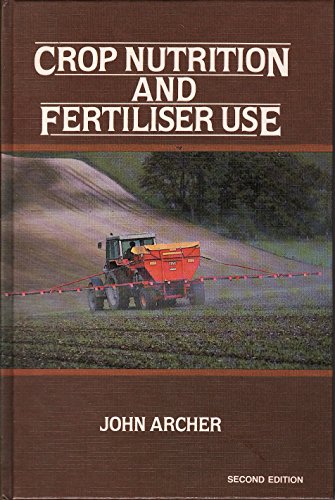Written by James Warne from Soil First Farming
It seems everyone is doing ‘regen’ these days. There is a lot of confusion and miscommunication around what it means. I was at a meeting recently where I heard someone proclaim that their arable business was carbon neutral even though they were still ploughing, combi-drilling and using an average of 230 kg/ha of nitrogen every year. I wondered which of the many carbon calculators threw out that spurious result, or the quality of the data fed into it?
Whilst on the subject of nitrogen, there is lot of talk amongst farmers and growers over simply reducing nitrogen rates. Every grower on social media is now growing record yields of wheat with zero inputs. It’s the latest form of alchemy, reduce inputs and conjure up something for nothing, it’s origins probably stem from Trussonomics.
But is it possible to reduce nitrogen by 80% and maintain output? Can you really grow 10 tonnes/ha wheat crop with only 40kg of applied nitrogen?
Research suggests the total nitrogen requirement for a wheat crop is somewhere between 280-360 kg/ha. That is for all the biomass of the crop, above and below ground. A 10 tonne crop of 11% protein wheat removes 190kg N alone. If we are reducing the total applied nitrogen, where is the balance going to come from?
If we consider the nitrogen cycle (below) for a moment it is clear that aside from inputs there are only three other sources of nitrogen the plant can rely on;
1, Biological fixation
2, Deposition from the atmosphere, mainly rainfall
3, Mineralisation from Soil Organic Matter (SOM)

(reproduced from Crop Nutrition & Fertiliser Use, John Archer, 1985)
Biological fixation and atmospheric deposition combined may contribute anywhere between 0-40 kg nitrogen per hectare per year. Biological fixation is carried out by soil-dwelling, free-living, nitrogen fixing bacteria, such as species of Azotobacter & Bacillus. These free-living bacteria are not to be confused with the symbiotic species (Rhizobium) that associate with legumes.
As with all biological functions the bacteria need water, temperature, oxygen, carbon and a suitable pH in which to thrive. Remove, or reduce, any one of these requirements and they will stop reproducing and go dormant.
Mineralisation of SOM is also a biological function and as such has the same requirements given above. The potential nitrogen contribution from a typical arable mineral soil with low organic matter maybe as much as 50kg/ha in a good season, but it depends upon rainfall! Organic soils and those high in SOM maybe able to release more than 200kg per hectare of nitrogen.
However, having a good biologically active soil is only part of the story, the crop still needs to be able to access and utilise the nitrogen with high efficiency. This relies upon soil structure and crop rooting to explore the soil reserves. Good crop nutrition, especially access to magnesium to allow maximum solar radiation interception, and sulphur to fully express amino acid and protein synthesis.
Steve and I have been conducting our own trials, on-farm, and independently, over several years now and we have no doubts that it is possible to reduce the total nitrogen applied, increase nitrogen utilisation considerably and maintain yield. It is important to stress however that it can only be achieved in some very specific circumstances. If you are on a path of raising carbon levels in your soil it seems natural you may want to cut back on your nitrogen inputs, but this may not always be the most logical thing to do.


